- Reclamation
- News & Multimedia
- News Stories
- Groundbreaking begins on Truckee River to improve cutthroat trout passage at Derby Dam
Groundbreaking begins on Truckee River to improve cutthroat trout passage at Derby Dam
Construction of the nation’s largest horizontal fish screen will restore watershed connectivity and promote recovery of the federally threatened Lahontan cutthroat trout
Written by: Public Affairs, Interior Region 10 - California Great Basin

Derby Dam groundbreaking event Sept. 11, 2019 (USBR photos by Winetta Owens)SPARKS, Nev. – The Bureau of Reclamation joined its partners at Derby Dam Sept. 11, 2019, to celebrate the start of a $23.3-million infrastructure project that promises to greatly improve passage for Lahontan cutthroat trout journeying to upstream rearing and spawning habitat for the first time in a century.
Officials from Reclamation, the Pyramid Lake Paiute Tribe and U.S. Fish and Wildlife Service broke ground to begin installing an 80-ft-wide by 390-ft-long horizontal fish screen at Derby Dam. The 110-year-old dam is the first irrigation structure designed by Reclamation and part of a system that provides water to 57,000 acres of cropland in the Lahontan Valley near Fallon and bench lands near Fernley in western Nevada.
"For more than a century, Reclamation has provided reliable water to the West. Since Derby Dam's construction, our mission has evolved with new technology and diverse conservation and water management strategies so that we carefully balance the needs of farmers and families with natural resource protection," said Reclamation Commissioner Brenda Burman. "This fish passage project is a critical investment in modernizing our infrastructure to provide reliable water supplies in an environmentally sound manner."
Two decades of focused efforts by the U.S. Fish and Wildlife Service's Lahontan National Fish Hatchery Complex and Pyramid Lake Paiute Tribe have helped the Lahontan cutthroat trout's passage from Pyramid Lake, past Derby Dam, to the lower Truckee River for spawning. Installation of the screen will substantially improve fish access and significantly aid in the recovery of the cutthroat trout.
"The Derby Dam fish screen groundbreaking marks the culmination of a long-standing partnership between the Service, Reclamation and the Pyramid Lake Paiute Tribe, to conserve Nevada's precious terminal lake ecosystem and recover a federally threatened sportfish - the Lahontan cutthroat trout. The fish screen will allow this iconic species to travel beyond Derby Dam, from Pyramid Lake to their spawning grounds, for the first time in more than a century," said Jody Holzworth, Deputy Regional Director for the U.S. Fish and Wildlife Service.
"Over the years, the Service and our partners have made significant progress in supporting the Lahontan cutthroat trout, including through the creation of the Lahontan National Fish Hatchery Complex, the reestablishment of a fish population in Pyramid Lake, and now with the investment of a fish screen at Derby Dam. These efforts will enhance recreation and angling opportunities in northern Nevada and the ability of this species to recover," she added.
The fishway project has three components: the fish passage on river left of the Derby Dam structure, modification to automate two Derby Dam river gates to maintain the required pool to allow the correct water flow through the fish passage and a fish screen to allow for fish entrained in the Truckee Canal to return to the Truckee River.
In 2001, Reclamation and the Service designed and completed a fish bypass around Derby Dam; the fish passage structure was not yet able to be used for fish migration because there was no fish screen on the dam to prevent fish from being diverted to the Carson River.
At that stage, the two agencies began reviewing different fish screen designs to implement the fish protection portion of the Derby Dam fish passage improvements. Reclamation selected the horizontal fish screen technology and entered into a cooperative agreement with Farmers Conservation Alliance for its design, construction and commissioning.
The screen is designed to work with the diverted flow of water, providing fish protection by allowing fish and debris to move above and over the surface of the screen.
Construction of the screen is expected to be completed in fall 2020.
The construction of Derby Dam, completed in 1905, was the first project designed by the newly formed U.S. Reclamation Service, now Bureau of Reclamation, organized under the Reclamation Act of 1902. Today, Reclamation oversees infrastructure that delivers water to more than 31 million people and provides one out of five western farmers with irrigation water for 10 million acres of farmland.
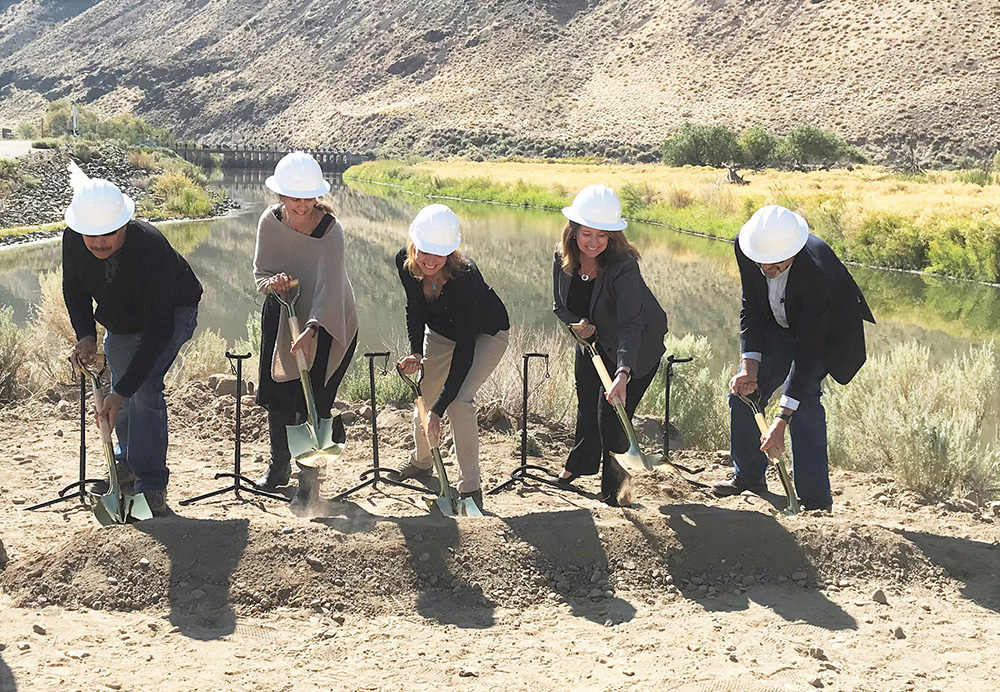
Derby Dam groundbreaking event
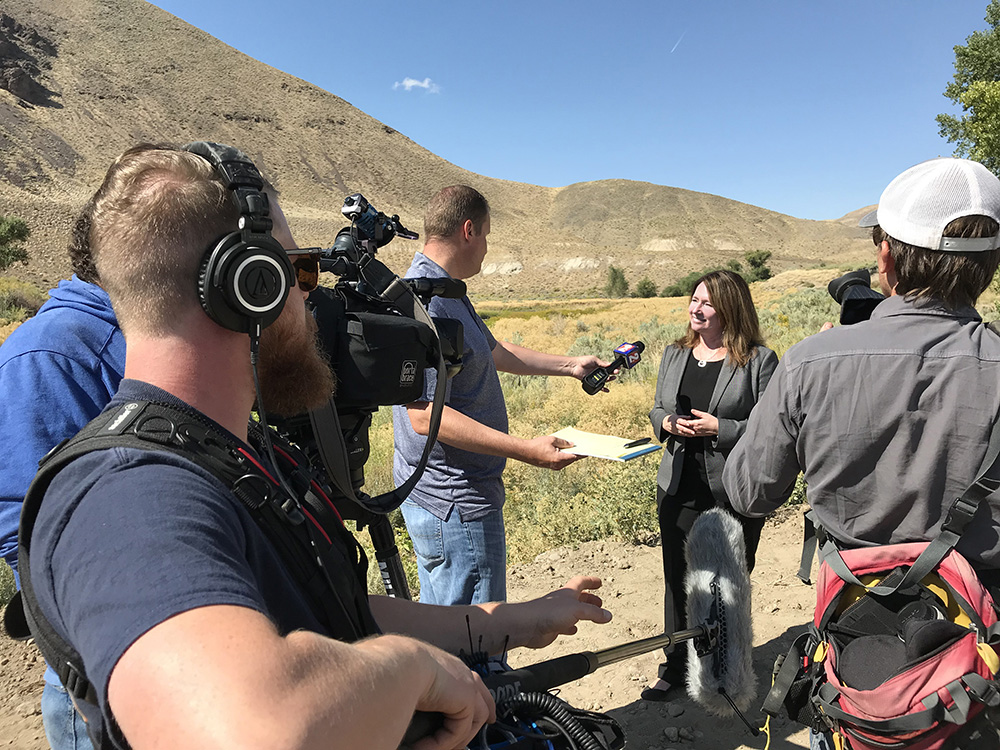
Commissioner Burman interviewed
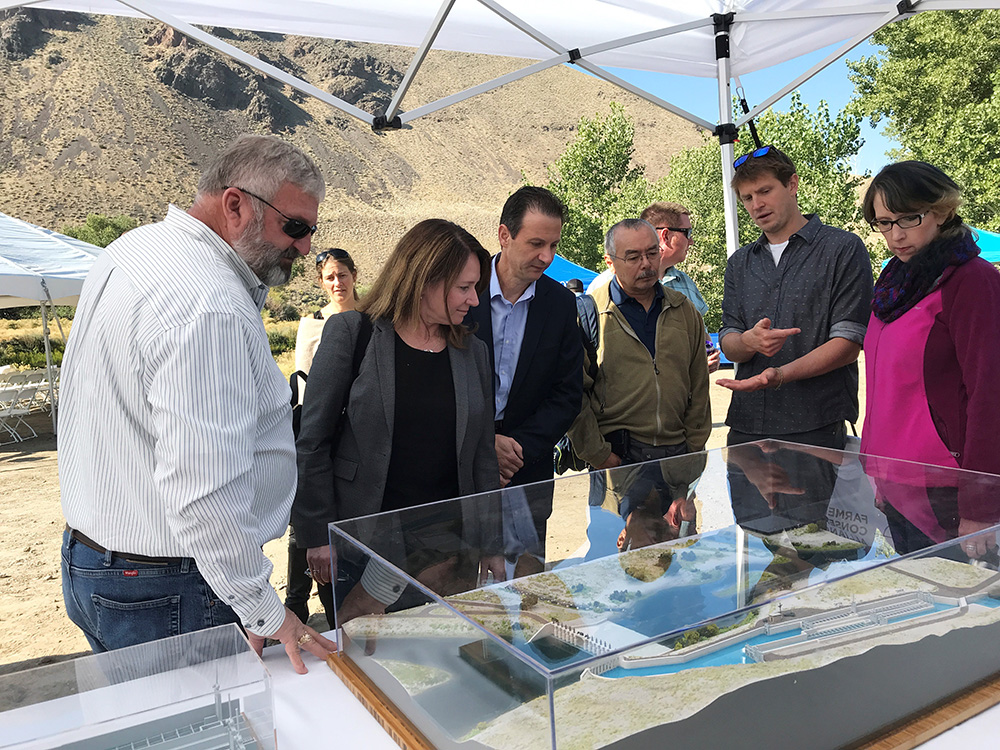
Derby Dam groundbreaking event
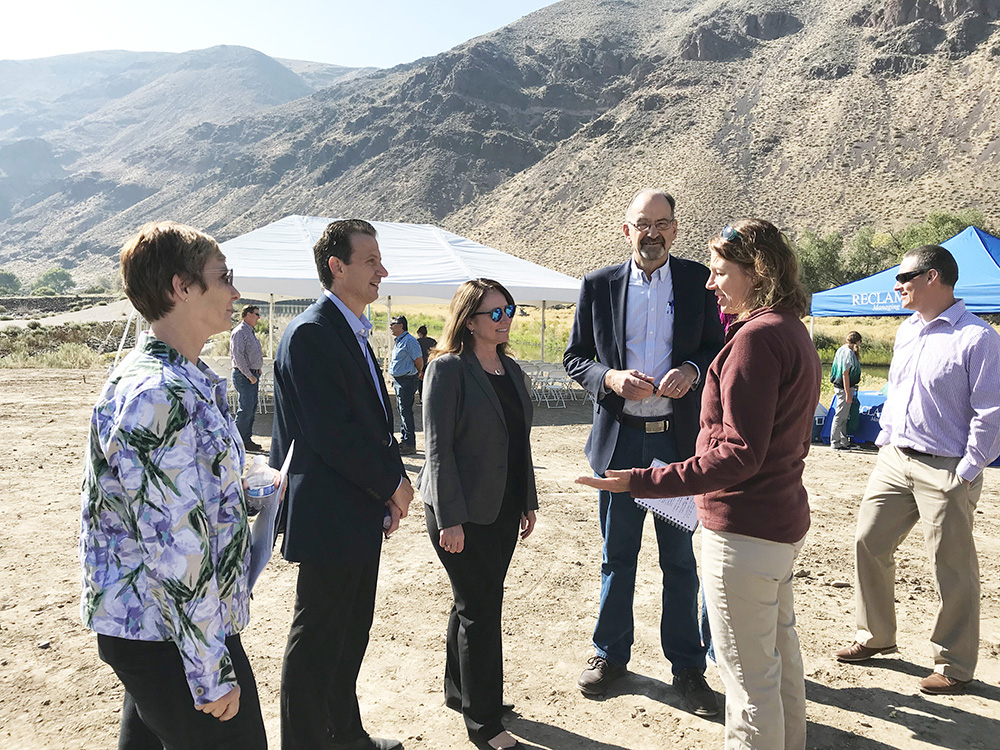
Derby Dam groundbreaking event
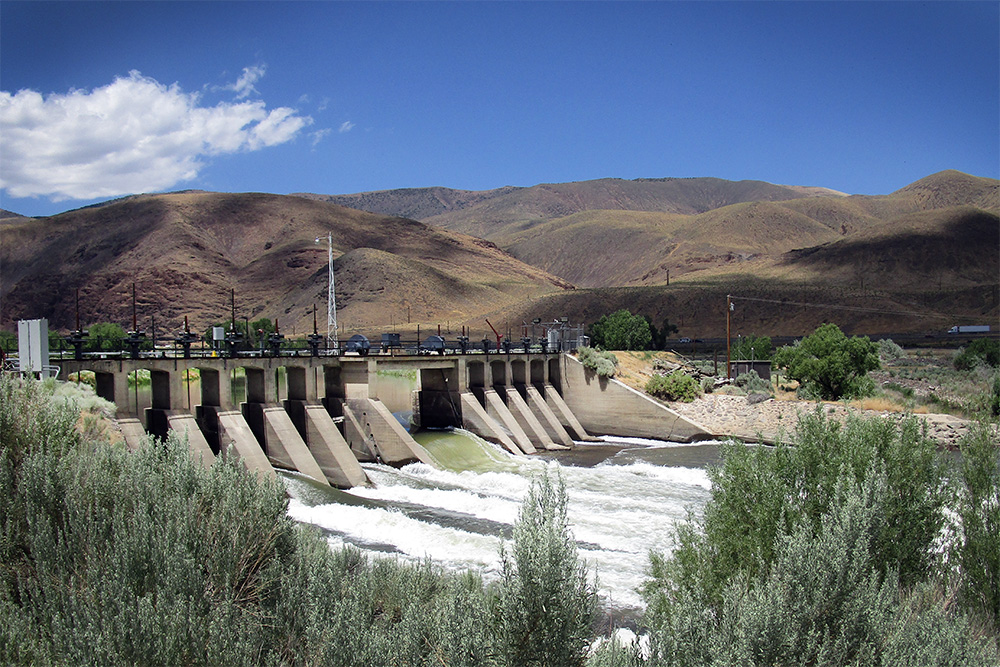
Derby Dam (USBR photo/Donna Potter)
Published on September 17, 2019

